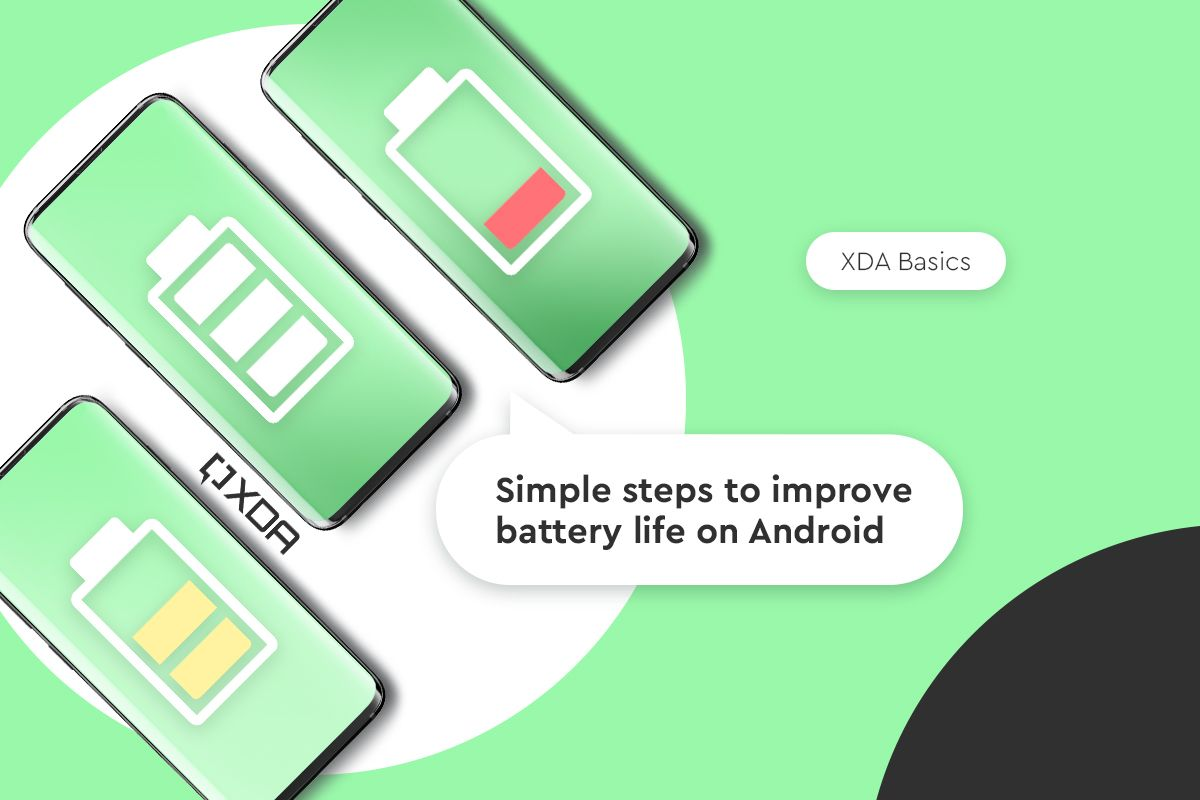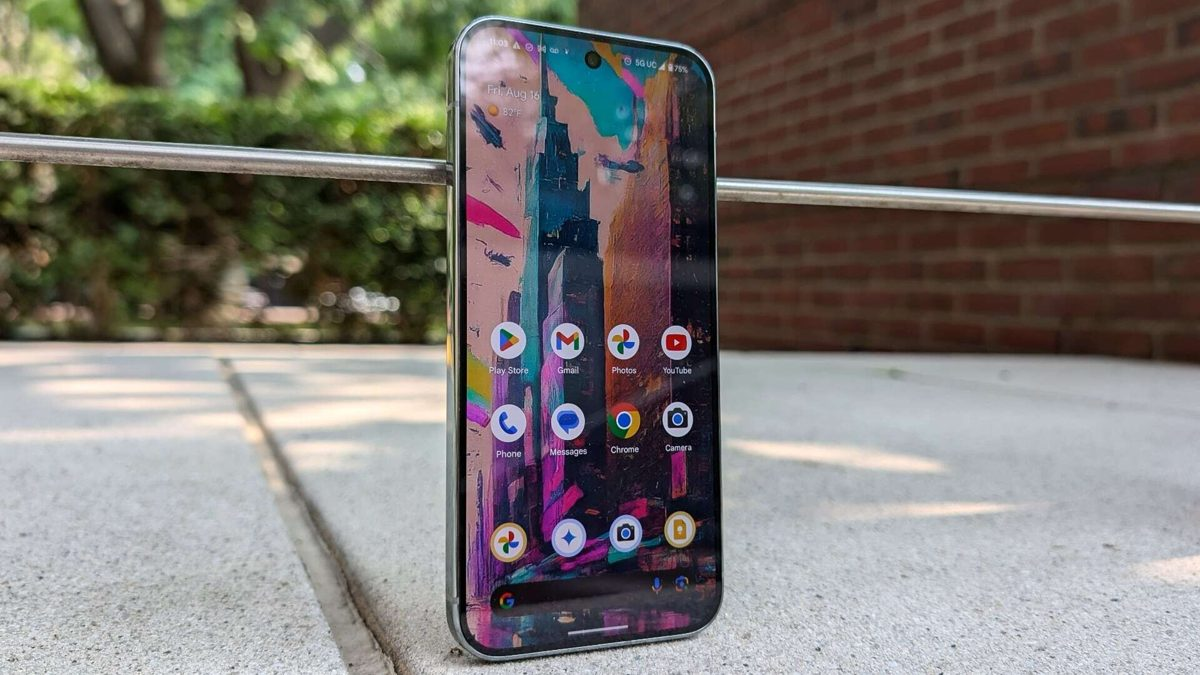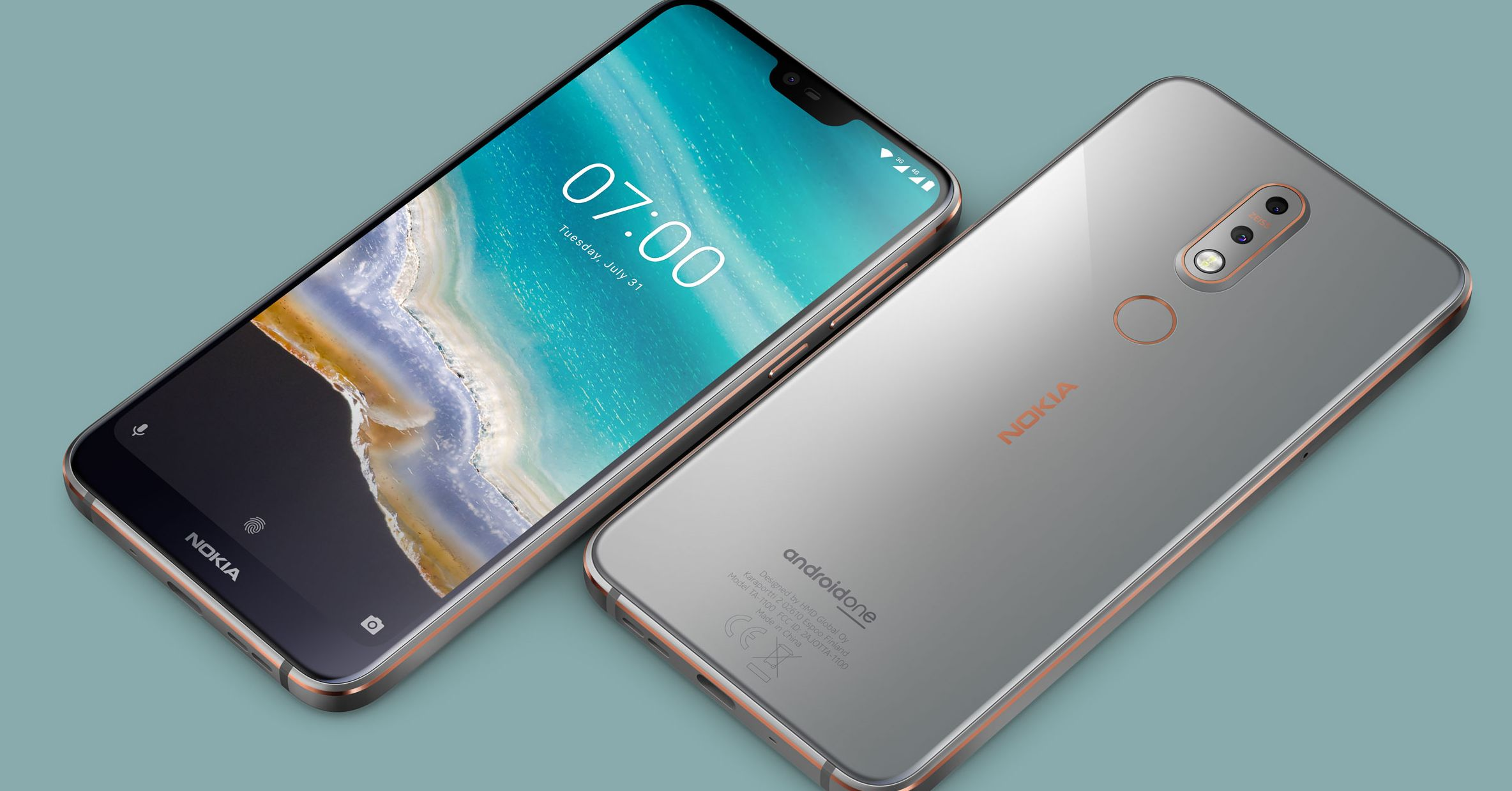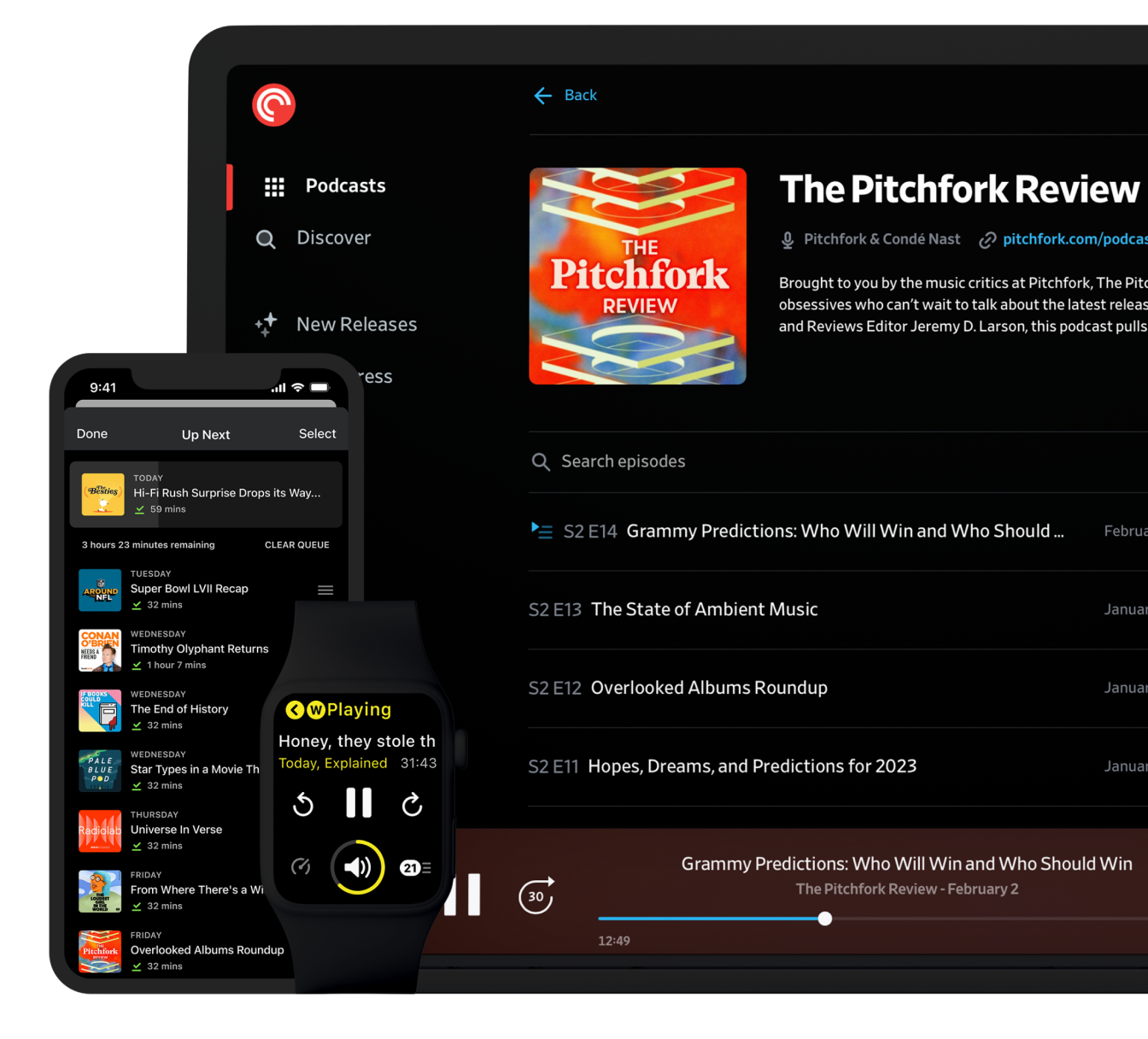Navigating the world of Android battery life has become essential for users seeking to maximize their device’s performance. With Google’s ambitious “multi-year plan” for improving Android, the focus is now squarely on optimizing battery efficiency, particularly through app enhancements. As highlighted on the Android Developer Blog, innovative strategies are underway to address common concerns surrounding excessive battery drain, notably from wake locks. By prioritizing battery life optimization, developers can create Android apps that not only conserve energy but also elevate user satisfaction. As we explore these advancements, it’s clear that a collaborative approach with major manufacturers can pave the way for a more efficient and enduring Android experience.
As smartphone users increasingly rely on their devices for daily tasks, the quest for better longevity in battery performance has never been more critical. Recent initiatives aimed at refining Android’s operational capabilities have prominently spotlighted strategies for enhancing power efficiency, particularly concerning the management of apps and their resource consumption. This focus on sustainable energy use, frequently referred to as battery conservation, involves addressing common culprits like wake locks that can significantly drain a device’s battery. By introducing innovative practices and collaborating closely with hardware partners, improvements can lead to a more robust ecosystem that prioritizes both app functionality and user experience. Consequently, the future of Android may well hinge on these evolving tactics that ensure devices remain powered throughout the day.
Understanding the Importance of Android Battery Life
Android battery life is crucial for maintaining a seamless user experience, as it directly affects how long users can engage with their devices before needing a recharge. High battery consumption not only frustrates users but also limits the effectiveness of Android apps. Developers must prioritize optimizing battery life by addressing performance issues caused by heavy resource usage. As stated by Karan Jhavar and Dan Brown on the Android Developer Blog, enhancing battery life through improved app performance can lead to higher user satisfaction and retention.
Moreover, one of the primary challenges identified in the pursuit of better battery life is the prevalence of excessive wake locks. These locks, when utilized improperly, can drain significant amounts of battery power, negatively impacting usability. The Android team recognizes this issue and is actively working to provide developers with the necessary tools and documentation to optimize wake lock behavior, thus improving overall battery efficiency and prolonging the device’s operational lifespan.
Strategies for Improving Android Apps Performance
To improve Android apps performance, developers are encouraged to adopt best practices that align with Google’s new initiative. This includes understanding the nuances of resource management and making informed decisions when it comes to background processing and wake locks. Efficiently handling these aspects can not only reduce battery drain but also make applications more responsive and reliable, leading to an enhanced user experience.
Additionally, Google is set to roll out new metrics in the Play Store, which will help identify apps that effectively manage wake locks and overall performance. This initiative will serve as a benchmark for both developers and users, fostering a culture of optimization where developers are motivated to refine their applications for better battery life and performance. As these improvements are implemented, users can expect a noticeable difference in how their favorite Android apps consume battery power.
The Role of Wake Locks in Battery Life Optimization
Wake locks play a significant role in the battery life of Android devices, particularly when apps are run in the background. Developers must be cautious about their use, as excessive wake locks can lead to serious battery drain, undermining the purpose of being mobile. Google’s ongoing efforts to address this issue involve creating guidelines and new documentation that provide developers with insights on how to monitor and manage wake locks effectively.
By eliminating unnecessary wake locks and implementing more efficient resource management techniques, developers can contribute significantly to battery life optimization. Enhancements in these areas will not only improve the performance of individual apps but also elevate the entire Android ecosystem by promoting a more sustainable use of device resources. As developers become more aware of these practices, users can look forward to an overall better Android experience.
Insights from the Android Developer Blog
The Android Developer Blog is a vital resource for developers seeking to optimize their applications for performance and battery life. It provides valuable insights on cutting-edge strategies to enhance the overall user experience while minimizing resource consumption. The emphasis on collaboration with manufacturers like Samsung signifies a commitment to improving the Android platform holistically, addressing the concerns of both developers and end-users.
Karan Jhavar and Dan Brown’s recent discussions regarding the importance of battery life in the optimization process highlight the growing focus on app performance as a core component of Android’s evolution. Developers are encouraged to stay informed through this blog, as it serves as a gateway to access the latest documentation, metrics, and feedback mechanisms that can aid in refining app functionalities and ensuring they align with the ongoing improvements in the Android ecosystem.
Upcoming Changes for Better Battery Management in Android
Google’s plan to roll out improvements for better battery management is eagerly anticipated by both developers and users. As mentioned in the Android Developer Blog, these updates will introduce metrics that enhance visibility around wake lock usage, pointing out apps that exhibit efficient battery management practices. This transparency will empower consumers to make informed decisions about the applications they choose to install, favoring those that adhere to optimization guidelines.
Moreover, new battery life optimization features are expected to be incorporated into future Android updates, benefiting a broad range of devices across the supported versions. This proactive approach to software enhancement will allow users to experience longer-lasting devices, aligning with their increasingly mobile lifestyles. As these enhancements come to fruition, both developers and users stand to gain significantly, fostering a more efficient Android environment.
The Impact of Wake Locks on User Experience
Excessive wake locks can have a detrimental impact on user experience, often resulting in unexpected battery drain that frustrates Android users. As applications execute various tasks in the background, maintaining unnecessary wake locks can lead to a decline in overall device performance. Recognizing this, Google has taken a crucial step by identifying these performance issues and providing developers with the tools necessary to implement better wake lock strategies.
By focusing on responsible wake lock usage, developers can significantly improve user satisfaction, ensuring that their apps run smoothly without draining the battery excessively. This focus on user experience not only enhances individual app performance but also cultivates a sense of trust between developers and users, highlighting the critical nature of battery management in the smartphone landscape.
Collaboration with Manufacturers for Optimized Performance
An integral component of improving Android’s technical quality lies in collaboration with device manufacturers like Samsung. This partnership aims to create an ecosystem where hardware and software advancements work in perfect harmony. By focusing on battery life and performance alongside manufacturers, Google ensures that users benefit from the full potential of their devices, elevating the overall Android experience.
Such collaborations also enable developers to gain access to new hardware features that can be leveraged to enhance app performance and battery life further. Leveraging these synergies not only provides a competitive advantage but ensures that developments in Android are grounded in real-world use cases. As manufacturers adopt these practices, users can expect more efficient devices with prolonged battery usage, maximizing their return on investment.
Why User Feedback on Battery Management is Essential
User feedback is critical in shaping the ongoing efforts to improve Android battery management. As Google rolls out new metrics and features, engaging with the user community provides valuable insights into the practical impacts of these changes. This constructive feedback can inform developers on what works and what doesn’t, driving enhanced performance and battery life across the ecosystem.
The emphasis on gathering feedback underscores the importance of user satisfaction in the development process. Users who actively participate in providing insights on battery usage patterns and app performance enable Google and developers to refine their approaches, ultimately leading to a more robust and well-optimized Android experience. This engagement also fosters a community of informed users who can champion the ongoing evolution of the Android platform.
Future of Android: Balancing Performance and Battery Life
The future of Android is poised to strike a balance between performance and battery life, ensuring that users can enjoy seamless experiences without compromising device longevity. As projects focused on improving Android continue to evolve, developers are encouraged to embrace innovative practices that align with these goals. Achieving this balance represents a significant challenge but one that is essential for progressing user satisfaction.
Enhancements in battery optimization techniques will set the stage for a new era in mobile technology, where users can maximize productivity without constantly worrying about their device’s power levels. Through ongoing initiatives from Google, combined with insights from developers and user feedback, the Android ecosystem can achieve sustained excellence while catering to performance demands, leading to increased Android adoption and satisfaction.
Frequently Asked Questions
How can I improve Android battery life when using apps?
To improve Android battery life while using apps, focus on optimizing the app settings to limit background activity and notifications. Additionally, check for newer app versions that may include battery life optimization features. Remember that excessive wake locks can significantly drain battery; try to minimize their usage by closing unused apps and avoiding resource-intensive features.
What are wake locks and how do they affect Android battery life?
Wake locks are mechanisms that prevent an Android device from entering sleep mode. When not handled properly, they can lead to excessive battery drain. Google emphasizes that avoiding excessive wake locks—those exceeding three hours in a 24-hour period—can help improve Android battery life significantly, enhancing overall user satisfaction.
What updates related to battery life optimization has Google planned for Android?
Google’s multi-year plan focuses on battery life optimization by addressing resource-intensive app behaviors, particularly excessive wake locks. By collaborating with manufacturers like Samsung, Google aims to implement improvements that allow apps to automatically leverage new advancements, ultimately enhancing battery performance across the Android ecosystem.
What steps can Android developers take to improve their apps’ performance and battery life?
Android developers can enhance their apps’ performance and battery life by optimizing wake lock behavior, ensuring they avoid holding wake locks longer than necessary. Following Google’s newly released documentation on efficient wake locks will also help developers minimize battery drain, thereby improving user experience.
How will the Play Store help users identify apps that manage battery life effectively?
Once Google rolls out its planned updates, the Play Store will identify apps that manage wake locks effectively. This change will serve as an essential tool for Android users to choose applications that prioritize battery life optimization, thus enhancing device longevity and user satisfaction.
What are some common practices to optimize Android battery life?
To optimize Android battery life, users can adjust settings such as reducing screen brightness, disabling unused features like Bluetooth and GPS, and restricting background data for apps. Regularly updating apps to their latest versions can also help incorporate battery life optimization improvements.
What are the main factors affecting battery life on Android devices?
Battery life on Android devices is primarily affected by app performance, excessive wake locks, screen brightness, and background processes. Google is actively working to improve these factors through platform enhancements that target inefficient use cases in the Android ecosystem.
Why is battery life an ongoing focus for Android development?
Battery life is a crucial focus for Android development because it directly impacts user experience and satisfaction. By continuously improving battery performance and addressing common pain points like excessive wake locks, Google aims to keep pace with user expectations and technological advancements.
How can I check if an app is using excessive wake locks?
To check if an app is using excessive wake locks, you can use developer tools or battery optimization settings in Android. Monitoring battery usage statistics will provide insight into which apps are consuming battery power, including whether they exceed the recommended wake lock limits.
When will the new battery life improvements be available for all Android users?
The new battery life improvements focused on wake locks and performance optimizations are expected to be rolled out in a stable version through the Play Store. These updates should be accessible across all supported Android versions, though exact timelines may vary.
| Key Point | Details |
|---|---|
| Google’s Plan | Multi-year effort to improve Android focusing on apps and battery life. |
| Focus on Battery Life | Initial focus will be on eliminating excessive battery drain caused by wake locks. |
| Wake Locks Issue | Wake locks over 3 hours in 24 hours are considered excessive, draining battery when apps run in the background. |
| Developer Documentation | Google has created new documentation to help developers optimize wake lock behavior. |
| Play Store Updates | Planned updates to identify apps that manage wake locks efficiently and highlight performance issues. |
| User Impact | Current users must wait for these improvements, which aim to enhance overall Android experience. |
| Collaboration with Manufacturers | Working initially with Samsung to improve device optimization and battery performance. |
Summary
Android battery life is set to improve significantly with Google’s new multi-year plan aimed at optimizing app performance and battery management. By focusing on key issues like excessive wake locks, Google is actively working with developers and device manufacturers to enhance user experience. These changes promise to deliver better battery management and app performance across the Android ecosystem, ultimately leading to longer-lasting devices for end-users.



